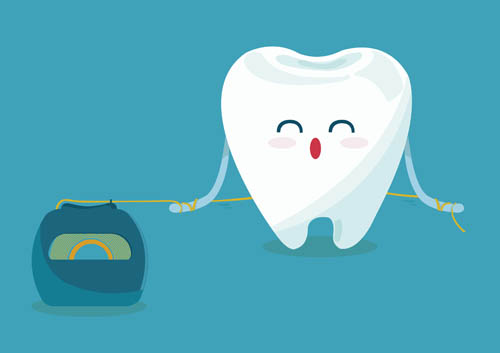Your Options for Sedation Dentistry
June 16th, 2021

Fear of going to the dentist is more common than you may think. That’s why Dr. Ghenta and our team want to make your visit as relaxing as possible.
Your anxiety about pain or routine procedures doesn’t have to stop you from visiting our Dartmouth, MA office; we offer various types of sedation to remove the pain and stress from your dental procedure.
Nitrous Oxide Sedation
Nitrous oxide combined with local anesthetics ensures both pain relief and reduced anxiety for many patients. It’s useful because the dosage can be regulated during treatment, and patients are usually able to drive shortly after the procedure is completed.
Oral or Injected Sedation
With oral sedation, you may be given a pill or liquid to consume several hours before your treatment. Make sure someone will be available to drive you to your appointment, because you will not be able to drive yourself.
An oral liquid is often given to children before any shots or intravenous anesthesia. An intramuscular injection may be given at the office to provide relaxation benefits for 20 to 30 minutes.
Nitrous Oxide with an Oral Sedative
For patients with higher levels of anxiety, an oral or injected sedative can be offered before nitrous oxide begins. This can also be effective for reducing anxiety about the injection of local anesthetics itself. A liquid medication followed by nitrous oxide is beneficial for children to produce a deep sedation level.
General Anesthesia
This type of anesthesia can be offered as an inhaled gas or intravenous liquid. If no oral sedative is given before the general anesthesia is administered, you should wake up quickly after your procedure.
To reduce your anxiety, we can offer a pill or liquid medication before intravenous sedation starts. Intravenous sedation can also be used at moderate-to-deep sedation levels without complete loss of consciousness.
Dr. Ghenta and our team are happy to go over your sedation or pain prevention options when you visit. We’re here to ensure all your questions are answered and your procedure is a relaxing one.





 Website Powered by Sesame 24-7™
Website Powered by Sesame 24-7™